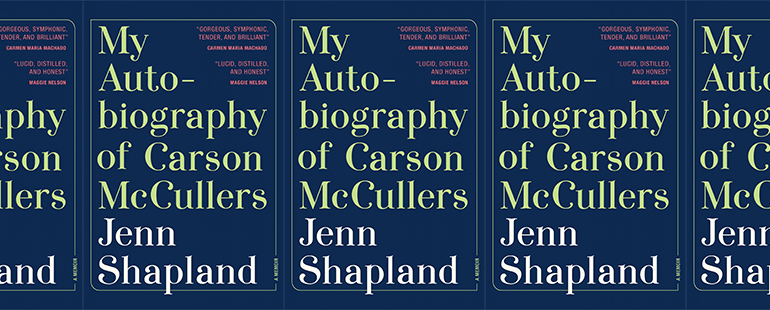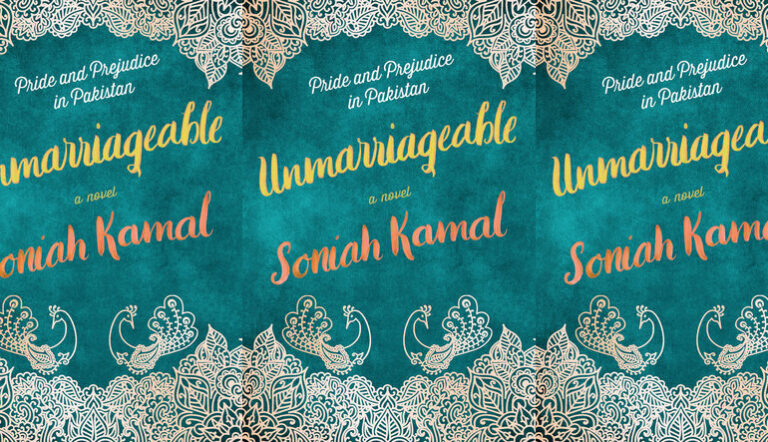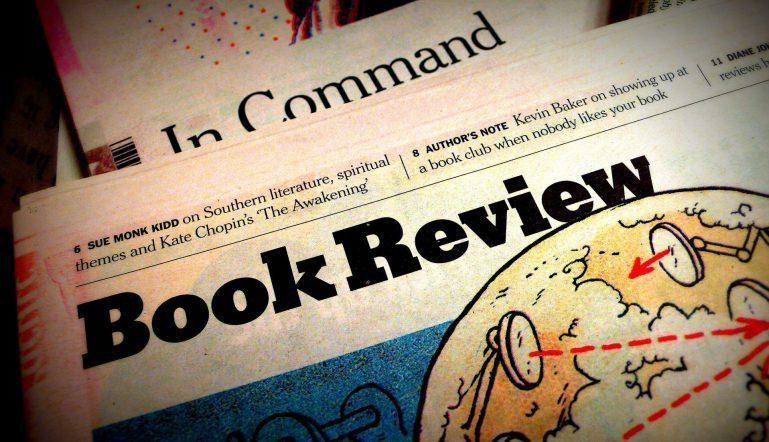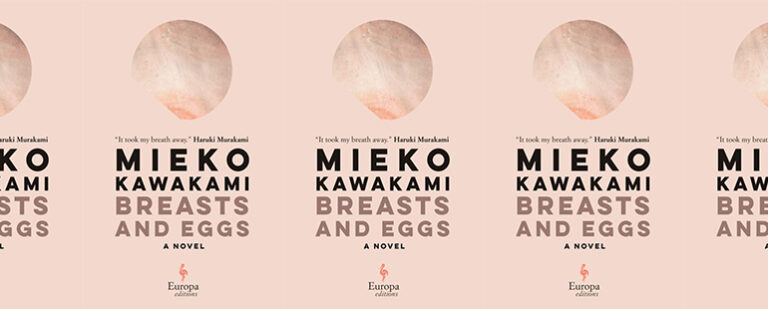Meeting and Making Heroes

My sister never wants to meet her heroes. If she never meets them, she says, she’ll never be disappointed. I agree with her—in theory. The truth is, there are some creators—of words, films, music—whose work has changed me, has meant the world to me. There’s a part of me that longs to meet them and to recognize something in them. This longing for identification, and the complications that arise when we try to see ourselves in the creators we love, is at the heart of Jenn Shapland’s lyrical debut My Autobiography of Carson McCullers.
A beguiling mash-up of the biography and memoir genres, My Autobiography is a portrait of legendary Southern author Carson McCullers as seen through the eyes of Shapland, a young, queer writer enamored with McCullers’s work and life and canny enough to worry about the impact her hero-worship and desire for identification may have on her project. By exploring McCullers’s often-ignored queerness, and by using her own experiences of coming out as a lesbian as a screen for the rumors, resistance, and secrets surrounding McCullers’s love for women, Shapland is able to probe the borders of empathy, showing how, in our desire to understand others, we often project our own longings and fears.
In some ways, Shapland’s task of uncovering Carson (as she refers to McCullers throughout the book) is simplified by the author’s death. As my sister brings up whenever we consider attending a fan convention or author Q&A, encounters with beloved creators are particularly fraught when that creator is still living. Individuals can exert a considerable force over interpretations of their own lives, whether due to pride, preservation, or a host of other factors. As understandable as this desire to control the narrative is, it doesn’t make the biographer’s task any easier. The resistance Shapland encounters, however, is not from Carson, who emerges in letters and transcripts as movingly vulnerable and open regarding her love for women. Instead, Shapland faces shock and opposition from the organizations responsible for upholding Carson’s legacy. From the surprise from Shapland’s peers at Yaddo, the artist’s colony Carson adored, to the director who sits with Shapland after her residency at the Carson McCullers Center for Writers and Musicians and tells her he knows “in no uncertain terms” that Carson was not a lesbian, Shapland fights an uphill battle to convince others of even the possibility that Carson may have been queer.
Given the controversy surrounding the topic of Carson’s sexual orientation, it’s hardly surprising that Shapland questions her motives for queering the narrative surrounding the writer’s life. “[W]hat claim can I possibly make on a ‘real’ Carson?” she asks early in the book, and this question haunts her project. If individuals like the director of the McCullers Center are concerned with preserving Carson’s reputation as a straight American writer, Shapland’s motives are equally ideologically and personally loaded: “I was a confused queer person looking to Carson as a role model,” she poignantly admits. As a graduate student working in the archives of the Harry Ransom Center at the University of Texas, Shapland meets Carson first through the writer’s correspondence with Annemarie Clarac-Schwarzenbach, a glamorous, troubled playgirl, and later in cataloging her personal belongings, becoming achingly close to Carson as she handles her socks, cigarette lighter, and nightgowns. This intimacy spurs her need to uncover the truth about Carson’s relationship with Clarac-Schwarzenbach and the other women in her life—or, perhaps, her need to make Carson into a mirror for herself.
Shapland’s response to this possibility is both daring and stylistically audacious. “To tell another person’s story, a writer must make that person some version of herself, must find a way to inhabit her,” she declares in the book’s opening pages, immediately abandoning all pretense of writing a neutral biography. In fact, the entirety of My Autobiography insistently demonstrates how futile the search for an objective biography is: just as previous biographers have used a heterosexual narrative to obscure Carson’s queerness, Shapland uses the techniques of queer theory and her personal experience to uncover the ignored writings, transcripts, and letters that paint a more complex picture of Carson’s relationships. The true issue with chronicling Carson’s life, she suggests, is not the existence of a straight or a queer bias, but which bias is privileged over the other. Perhaps, this stance suggests, Shapland’s fears of misrepresenting Carson spring not from the objective truth of the writer’s life, but from mainstream attempts to discredit queer narratives and experiences.
Exhilarating as this stance may seem, My Autobiography makes it clear that letting go of centuries worth of internalized homophobia is no easy task. Moreover, while the primary evidence Shapland uncovers is convincing, she still wrestles with doubt, and with her nagging suspicion that the Carson she is creating is more a product of her own desires than a faithful portrait. After all, her discovery of Carson’s sexuality marks a “turning point” in her own coming of age, after which she can finally “be more or less comfortably calling myself a lesbian for the first time.” Shapland depends on Carson, crafting from the biographical details of her life a personal hero who demonstrates how to live a creative life amid the demands of sexual identity, economic uncertainty, and illness—all demands that Shapland also struggles with. At times, her identification with Carson moves beyond these similarities to a physical recognition. “In the photos of Carson. . . I see a version of myself,” she admits. Although Shapland’s Carson is crafted from deep empathy and knowledge of the lesbian experience, Shapland worries that her interpretation is only of a personal hero with little basis in reality.
At the crux of Shapland’s concerns about her portrayal of Carson lies the question of empathy, and its benefits and limits. Despite her deep feelings of kinship with Carson, Shapland admits that this empathy is deceiving: “feeling understood by someone does not equate to understanding them,” she states, although “the illusion is powerful.” As she has demonstrated throughout My Autobiography, the only way to understand Carson as a human being, rather than as an emblem of American literature, is to link herself to Carson through empathy. The flaw in this approach is that that empathy is limited by Shapland’s own feelings and experiences. While she can make Carson share her feelings and doubts, what Shapland is unable to do is reach an unfiltered understanding of the author’s true motivations. Just as it is impossible to create an objective biography, it is equally impossible to objectively understand another human being. This conclusion exposes the limits of empathy, showing how background and personal experience unavoidably obscure our perception of others. When we try to understand our heroes, Shapland suggests, who we truly come closer to understanding is ourselves.
This portrayal of empathy as a reflection of self-knowledge may seem alienating, or even narcissistic, but Shapland demonstrates that the opposite is true. “I am trying to understand Carson the way I understand my own body,” she says, linking the two forces that have been in opposition for the bulk of her memoir. Since there is no way to avoid superimposing her experiences onto Carson, Shapland embraces the ambiguity that comes from joining those experiences. In this reading, empathy is a quality more fluid and complicated than understanding the feelings of others. It becomes a sort of communion that allows the joining of two individuals into a third entity, one created from the experiences and beliefs of both, but also separate from them. Shapland’s Carson is not the critics’ Carson or the director’s Carson—she cannot be. Instead, she is the embodiment of a relationship, one defined and constrained by the histories of the participants, but also open to revelations and possibilities beyond the reach of the interpretations that came before her. This reach is what enables Shapland’s insight into Carson’s relationships, and what enables her to finally say, with confidence, “When Carson says she was in love, I believe she means she was in love.”
Reading and rereading My Autobiography, I am fascinated by its perspective on personal heroes, and the deep sense of interdependence the book uncovers and embraces. Shapland has been made by, and has remade Carson McCullers—and, she suggests, this relationship between writer and subject is at the heart of every biography, and every memoir. According to My Autobiography of Carson McCullers, we can never tell the story solely of a person or of ourselves. The stories we tell are defined by the relationships we create.


